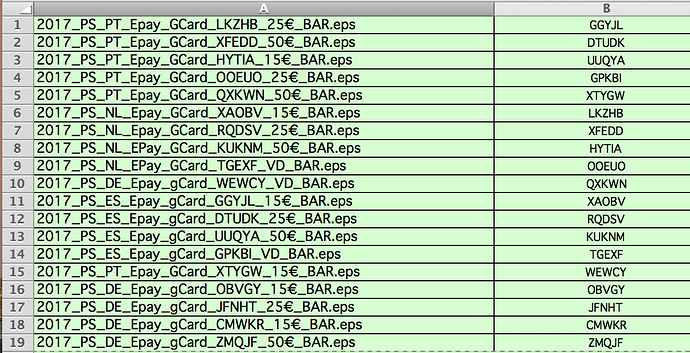

- #R studio update column based on another column how to#
- #R studio update column based on another column install#
To begin using the dplyr package for renaming columns, you must first install and load the package in your R environment. The second method involves using the rename_with() function, where you define arrays of old and new column names: new % rename_with(~ new, all_of(old))īoth methods, as shown in the examples above, will produce the same result. The first one involves using the rename() function, providing multiple new and old column names as arguments: df %>% rename(new1 = old1, new2 = old2) If you need to rename multiple columns at once, dplyr provides two methods. For example, you may use the toupper function to convert all column names to uppercase: df %>% rename_with(toupper) The syntax would look like this: library(dplyr)Īdditionally, the rename_with() function allows you to rename columns using a specified transformation function. For instance, let us consider a sample data frame where we want to change the column name “old1” to “new1”. To use the rename() function, simply provide the new column name followed by the old one, like this: new_name = old_name. Among these functions, the rename() function is particularly handy when it comes to modifying column names in a data frame. The dplyr package in R is a popular tidyverse package for data manipulation that offers a set of useful functions for transforming and organizing datasets.
#R studio update column based on another column how to#
We will also learn how to add and remove columns in R using dyplr.īy learning these techniques, users can enhance the practicality of their data manipulation efforts, produce more robust and error-free analyses and have fun along the way! In the following article, we will explore the details of dplyr’s rename() function and its various applications, exemplifying how effective it can be in managing data frames. These features are also available in Power Query, so they aren’t unique to the R program. By providing a simple and intuitive syntax for renaming columns, dplyr makes it easier for users to understand and maintain their code.Īdditionally, this function can be easily combined with other dplyr operations, such as filtering and summarization, to create a seamless data manipulation workflow in R.

The rename() function in dplyr is particularly useful when dealing with datasets that have columns with unclear or ambiguous names. A common task when working with data is renaming columns, which dplyr handles efficiently using the rename() function. 3461 4325 3893 0 0 0Ħ 74250 6 1 11.9 3.14 103.Dplyr is a popular R package for data manipulation, making it easier for users to work with data frames. Process_ID Interval Layer Height_mean Layer_depth_min Layer_depth_max Ping_ġ 74250 1 1 11.8 3.14 103.

I just want to make a corresponding column that will list "1" on rows that have "74250" in the Process_ID column. The first column in the data frame (Process_ID) is basically that column, all I want to do is create a new column where the Process_ID number corresponds with just "1" or "2" and so on.įor example, the first week of my data set can be identified using the Process_ID number "74250". All I want to do is create a new column that states which week number the row belongs to. I have a data frame (see below) of acoustic data. What I'm attempting is probably rather simple but I have no idea how to google it or where to start.


 0 kommentar(er)
0 kommentar(er)
